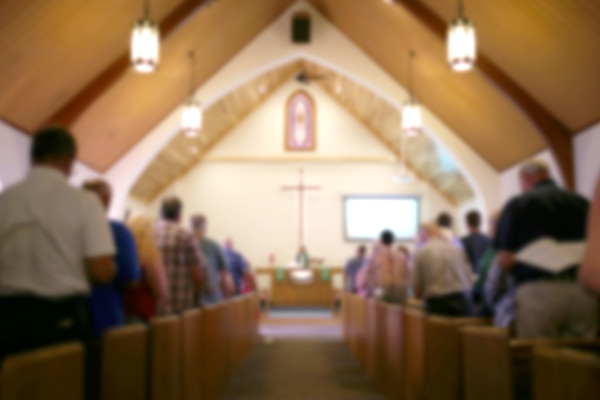What will the post-coronavirus church look like?

Church leaders and members are rightly giving much attention to dealing with the coronavirus pandemic. In-person church services are being canceled. Small groups are meeting digitally, if at all.
Church leaders are urging members to support the church financially through digital giving. Churches are preparing ways to minister to their communities in the midst of the pandemic.
I am grateful for the responses and for the caring hearts of so many church members. In the midst of a major challenge, it is heartwarming and reassuring to see many people who really care.
But the coronavirus will move past its pandemic state at some point in the future. I am fascinated to see what our churches will look like on “the other side.” Here are eight likely developments:
- Non-digital giving will become an outlier. Fewer people will want to handle the offering plates or buckets. Fewer people will touch cash. Watch for a dramatic decrease in non-digital giving. Make certain you are moving your church to digital giving. Your church should be receiving 60% of gifts digitally right now. That number must grow. Have someone in your church who can help the digitally challenged to set up online giving for them personally.
- Smaller worship services will become normal. We were already seeing a trend of churches moving to smaller worship gatherings, even if the church was growing. We anticipate many larger churches will attempt to have services capped around 250 to 300. Smaller churches will, of course, have even smaller gatherings. A 200 attendance church, for example, may move toward two services post coronavirus.
- The 80% rule will become the 60% rule for worship gatherings. The 80% rule said that a worship center with a capacity of 200 feels full at 160 (80%). The 60% rule says the congregation will want more social distancing, and thus the 200 capacity worship center will reach its social distancing capacity at 120.
- The negative economic impact on churches could have long-lasting effects. Church leaders should begin discussions of “what if?” What if our giving was cut by 30% for the next few years? What adjustments would we make?
- Social distancing will change permanently some of the traditions in many churches. Stand and greet is gone and will not return in most churches. Church huggers will no longer be tolerated. Even handshakes will be minimized.
- The death rate of churches will worsen. Many churches are barely hanging on. These churches will not survive the consequences of the coronavirus. The death rate of churches will thus increase significantly. These deaths can be mitigated, however, with an intentional focus on church adoption and church fostering.
- Church adoption and fostering will increase significantly. I addressed this issue in my March 16, 2020 post. Church adoption takes place when a healthier church brings the people and assets of a struggling church into its church family. The adopted church becomes a campus of the adopting church. Church fostering is the process where a healthier church provides assistance and resources to a struggling church for a defined period, typically less than a year. Church fostering may or may not lead to church adoption.
- Churches will rapidly adopt more virtual practices. Many churches have resisted the migration into the virtual world, but the coronavirus has taken many congregations into a quick immersion into the digital age. The initial forays have been to move into digital giving more fully and to stream some form of worship services. But coronavirus is the tipping point of much more to come in the digital world. Indeed, this change may be the most profound of all the changes churches will face after the coronavirus is no longer considered pandemic.
For certain, these are trying days. I know you know it, but remember God’s got this situation. He’s got you. And He’s got your church. I am in an ongoing conversation with the Church Answers community. Nearly 1,600 of us church leaders are providing regular updates and thoughts there. We would love to see you there.
This article was originally published at Thon S. Rainer blog here.
Thom S. Rainer is the founder and CEO of Church Answers, an online community and resource for church leaders. Prior to founding Church Answers, Rainer served as president and CEO of LifeWay Christian Resources.





















